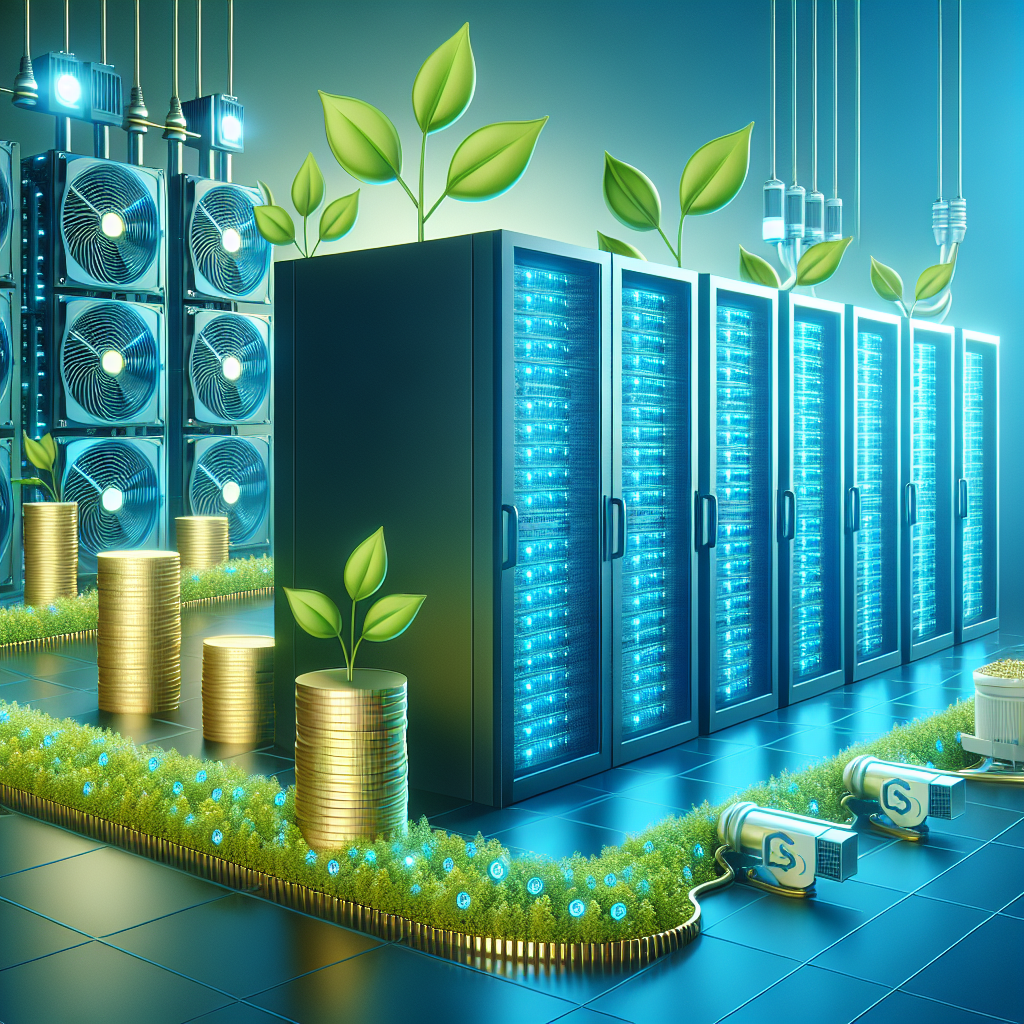Data centers are the backbone of the digital world, housing the servers and networking equipment that power the internet and store vast amounts of data. However, these facilities also consume a significant amount of energy, both to power the equipment and to cool the servers to prevent overheating. In fact, cooling can account for up to 40% of a data center’s total energy consumption.
In recent years, data center operators have been exploring innovative ways to reduce their energy consumption and environmental impact, while also driving cost savings. One key area of focus has been data center cooling, as improving the efficiency of cooling systems can have a significant impact on both sustainability and operating costs.
One approach that data center operators are increasingly turning to is using air-side economization, also known as free cooling. This involves using outside air to cool the servers, rather than relying solely on mechanical cooling systems like air conditioning units. By taking advantage of cooler ambient temperatures, data centers can significantly reduce their energy consumption and carbon footprint.
Another emerging trend in data center cooling is the use of liquid cooling systems. Liquid cooling is more efficient than traditional air cooling, as water has a higher heat capacity and can absorb more heat from the servers. This allows data centers to operate at higher temperatures, reducing the need for mechanical cooling systems and lowering energy consumption.
In addition to these technological advancements, data center operators are also looking at ways to optimize their cooling infrastructure through better design and management. This includes implementing hot aisle/cold aisle containment systems, which separate hot and cold air streams to prevent them from mixing and improve cooling efficiency. By carefully managing airflow and temperature levels, data centers can reduce energy consumption and improve the overall efficiency of their cooling systems.
By implementing these sustainable cooling strategies, data center operators can not only reduce their environmental impact but also drive significant cost savings. By lowering energy consumption, they can reduce their electricity bills and operating costs, leading to a more sustainable and profitable business model.
In conclusion, data center cooling plays a crucial role in driving sustainability and cost savings for data center operators. By adopting innovative cooling technologies, optimizing cooling infrastructure, and implementing best practices, data centers can reduce their energy consumption, lower their carbon footprint, and improve their bottom line. As the demand for data storage and processing continues to grow, it is essential for data center operators to prioritize sustainability and efficiency in their cooling strategies.


Leave a Reply